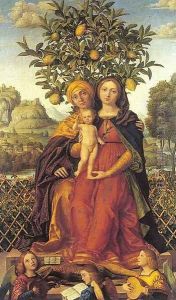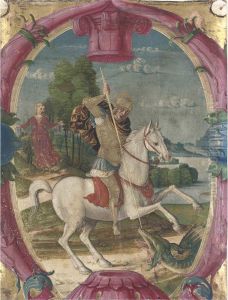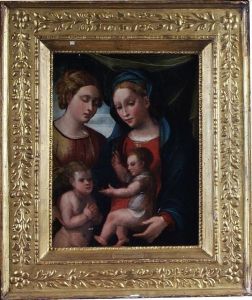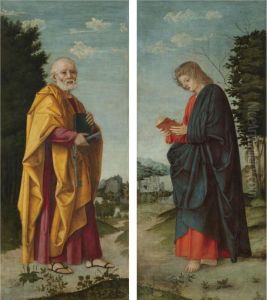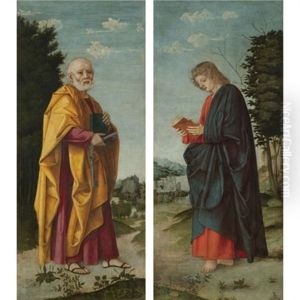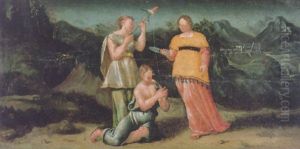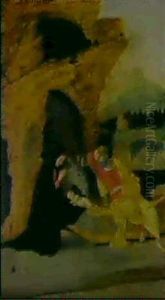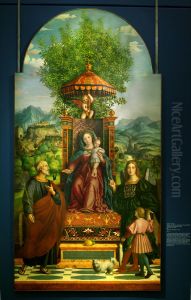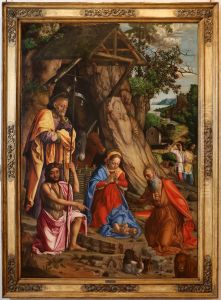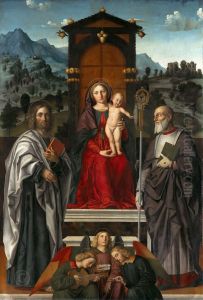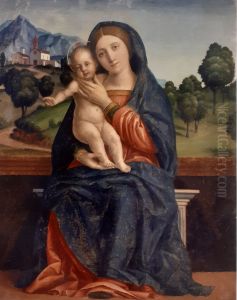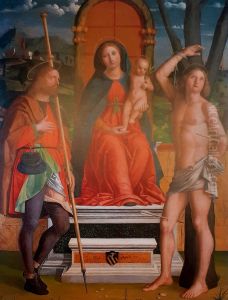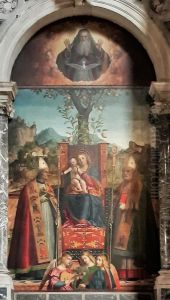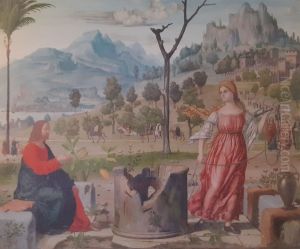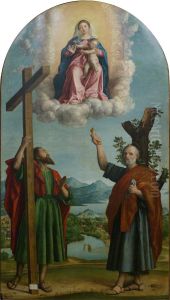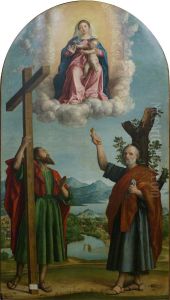Girolamo dai Libri Paintings
Girolamo dai Libri was an Italian illuminator of manuscripts and painter, active during the Renaissance period, primarily in Verona. Born in 1474 in Verona, he was part of an artistic family, with his father being Francesco dai Libri, a well-known miniaturist and illuminator in his own right. This familial background provided Girolamo with an extensive grounding in the arts from an early age, particularly in the delicate and precise art of manuscript illumination.
Girolamo's work as an illuminator was characterized by its fine detail, elegant use of color, and the incorporation of ornate designs. His style was also influenced by the broader artistic developments of the Renaissance, with an increasing emphasis on naturalism and the use of perspective. He contributed to several important illuminated manuscripts, which were highly prized by patrons for both their artistic quality and the scholarship they represented.
In addition to his work on manuscripts, Girolamo dai Libri was also noted for his larger-scale paintings, which often featured religious themes, as was common for the time. His works in this medium also demonstrate his skill with color and his ability to create complex compositions that were both harmonious and visually engaging. Among his most famous works is the altarpiece 'Madonna of the Oak' (Madonna con Bambino in gloria e i santi Francesco e Bernardino), which showcases his mastery of color and composition.
Girolamo's influence extended beyond his immediate craft as he was also a teacher to other artists, thereby helping to disseminate his techniques and aesthetic preferences to a new generation of painters and illuminators. He remained active in Verona throughout his life, contributing to the city's artistic heritage. Girolamo dai Libri died in 1555 in Verona. His legacy is preserved not only in his extant works but also in the impact he had on the Veronese school of painting and the tradition of manuscript illumination.
